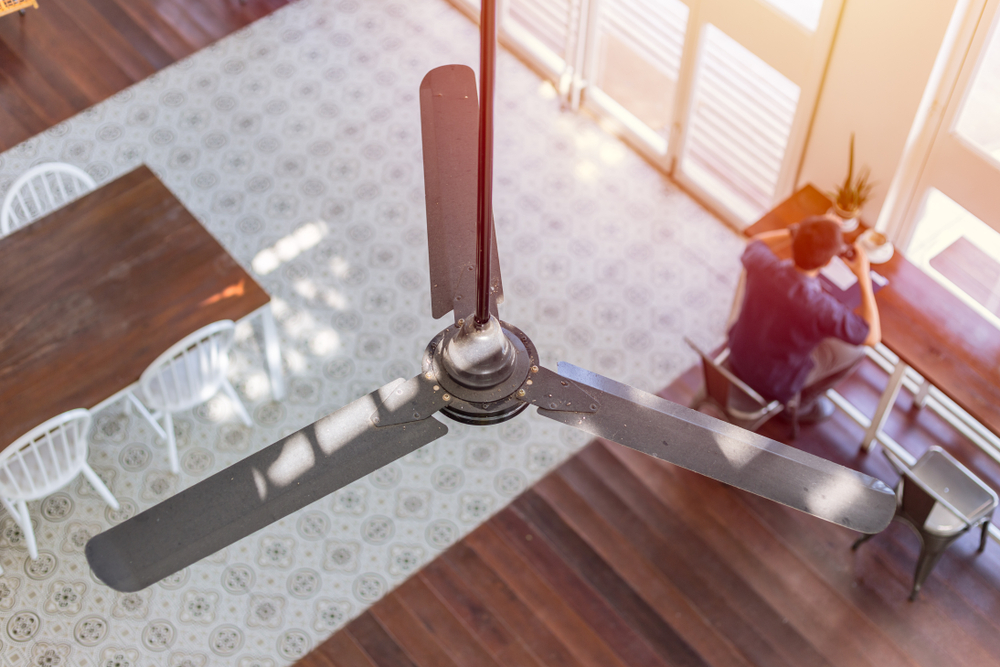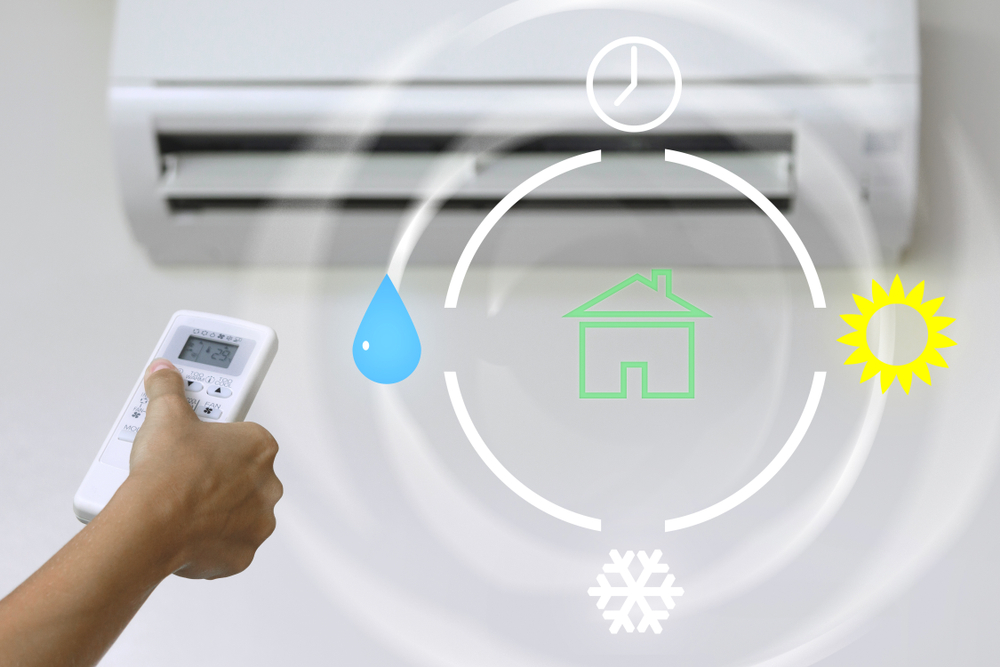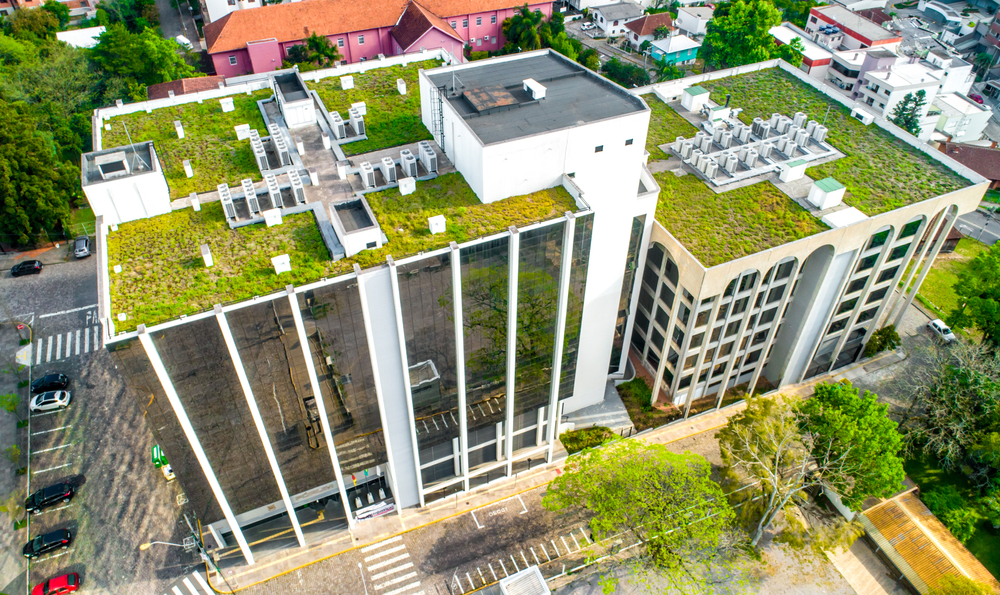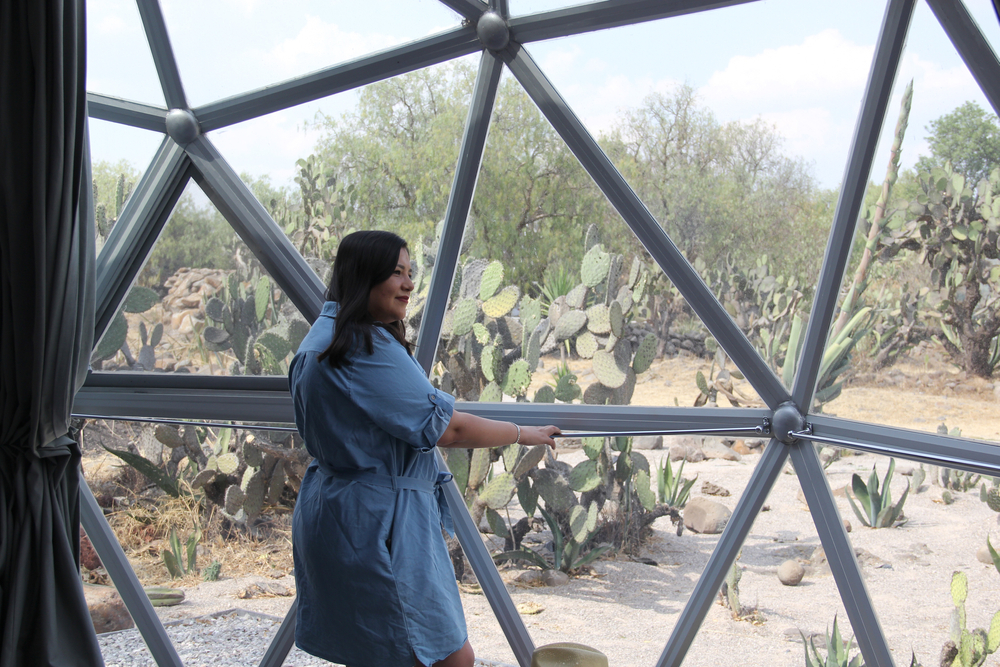Be Eco-Cool: Energy-Efficient Solutions for Keeping Cool at Home
Heating and cooling account for nearly half of the home’s monthly energy use. As the Earth continues to get warmer, homeowners are trying to keep their home cool during the hottest months. Don’t dip that thermostat any lower, though.
The more energy a home uses, the worse it is for the planet. Be eco-cool and use energy efficient solutions to keep the home and everyone in it cooler and comfortable without adding to the climate issues. Need to cool off, try:
- Using blackout curtains
- Turning on the ceiling fan
- Hanging out in the basement
- Upgrading insulation
- Installing energy-efficient HVAC systems
- Going green (on the roof)
Why Use Blackout Curtains
The benefit of blackout curtains is that they can help keep out the UV rays from the sun. These rays can fade upholstery and photos, too. However, the light from the sun also can add heat to the room, causing the air conditioner to work harder.
Blackout curtains block the light and help to effectively shade the room. This could help the room feel cooler. By blocking out the sun, though, additional heat won’t impact the temperature of the room. The less the home has to use the air conditioner, the better.

Turn on the Ceiling Fan
Ceiling fans are fairly energy efficient. During the winter, homeowners can adjust the blades to spin clockwise. In the hot summer, though, the blades should spin counterclockwise.
A ceiling fan can help circulate cool air or warm air throughout the home. However, homeowners also can use a ceiling fan to add a cool breeze and, hopefully, have less reliance on the air conditioner.
In fact, homeowners might adjust the thermostat at night to keep the air conditioner from turning on more frequently; instead, homeowners can switch on the ceiling fan to keep cool.
Congregate in the Basement
The coolest place to hang out is in the basement. This part of the home is located a bit underground, and it’s going to stay cooler than other rooms. Instead of turning down the thermostat, transform the basement into a rec area for the family and spend time where it’s cooler.
If the basement is already finished, spend hot summer days hanging out downstairs.
Upgrade Insulation
Rooms may feel hotter during the summer and cooler during the winter if the home has poor insulation. When homeowners are noticing that their HVAC is constantly doing more work and the rooms still don’t feel incredibly comfortable, it might be time to have the insulation assessed by a pro.
However, there also could be leaks around the doors or windows. Homeowners can check around their home to look for areas of energy leaks. Feel around windows and doors; if the areas seem fine, the insulation could be an issue.

Opt for an Energy-Efficient HVAC System
If the home is due for a new HVAC system, homeowners should consider upgrading to an energy-efficient system. Not only will this allow the home to have less of an impact on the environment, but homeowners will save money, too.
While a new energy-efficient HVAC system could be an expensive investment, homeowners can research rebates that can help offset the cost.

Go Green for the Roof
A green roof features greenery. The roof is alive with plants. Why and how does this help the environment? Through photosynthesis, plants use the sun and water to transform carbon dioxide into glucose and water into oxygen.
A green roof will absorb sunlight and help the home stay cooler. Not only is this a benefit to a homeowner’s monthly budget, but a green roof helps benefit the environment especially when they are planted atop city buildings.
One Simple Change: Adjust the Thermostat
Homeowners might love a cool home during a hot sticky summer. How cool is too cool, though? If homeowners are keeping the thermostat down to 72 degrees, they could be wasting energy, causing their costs to soar and adding to the home’s carbon footprint.
Experts recommend that during the summer homeowners should adjust their thermostat to 78 degrees Fahrenheit. This is cool enough to stay comfortable, but it’s also an energy-efficient temperature.
During cold winter months, keep the heat set at 68 degrees Fahrenheit. While this temperature might be cooler than some homeowners find comfortable, grab a few blankets and remember that heating and cooling makes the most impact on a home’s energy use.

Build Cooler
Homeowners who are planning to build a new home can think about how the design of the home could impact the home’s cooling system. For example, one type of energy-efficient home design is a geodesic dome.
The design of a home can aid in the efficiency of heating and cooling systems. Homeowners who want to embrace an ‘eco-cool’ lifestyle and who are designing their own home can discuss floor plan options and design features with their architect.
As the Earth is impacted by global warming, homeowners will continue to face hotter summers. Keeping cool will be necessary, but homeowners should try to embrace the most eco-friendly cooling options to ensure that they don’t exacerbate the global warming crisis.


